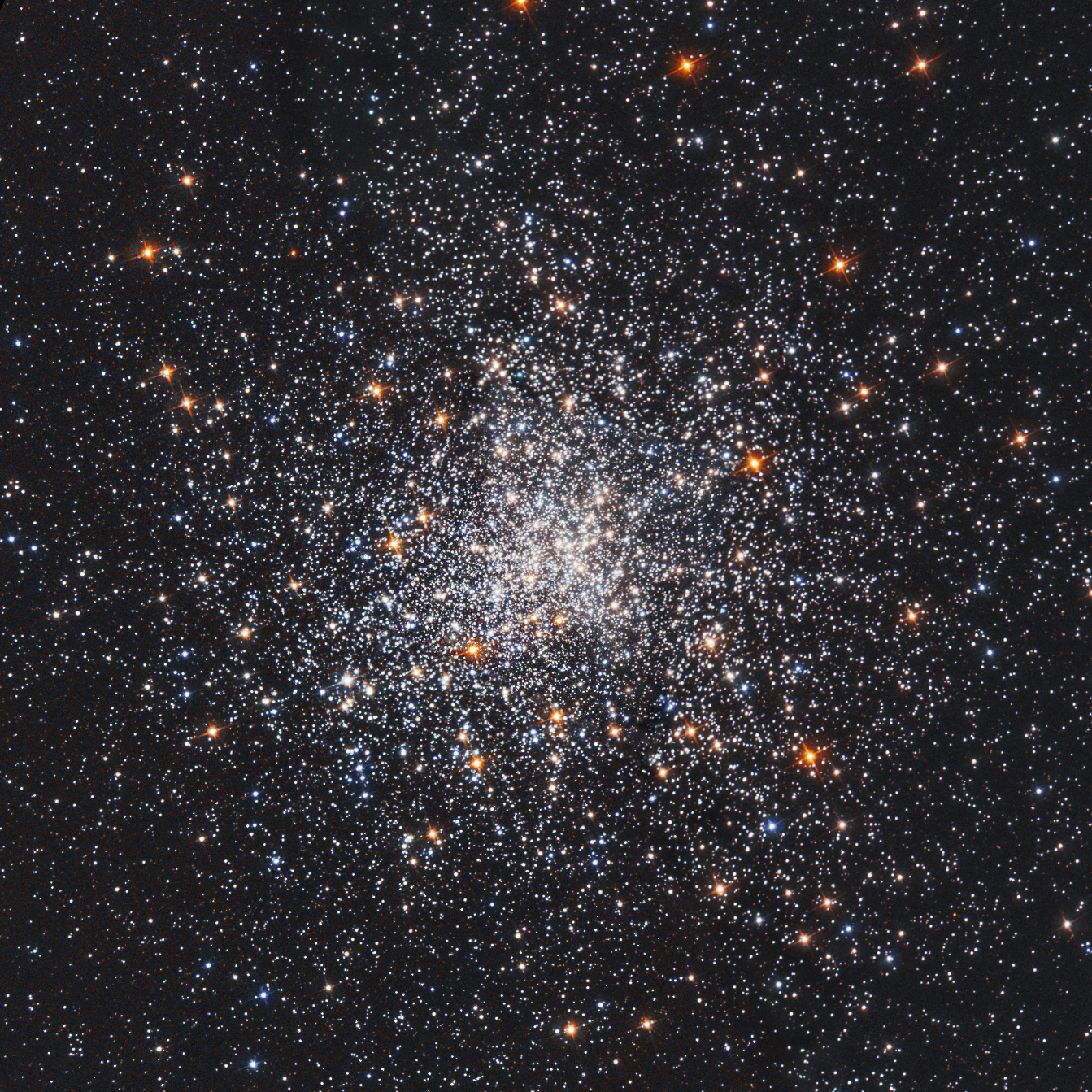Research
Determining Distances with yPAGBs in Globular Clusters

Globular clusters are dense groups of (typically thousands to millions) stars which are gravitationally bound. They contain horizontal branch (HB) and asymptotic giant branch (AGB) stars, intermediate mass (\(0.8 M_{\odot} \leq M \leq 8 M_{\odot} \)) stars that have entered the post-main-sequence stellar evolution after igniting helium fusion in their cores. Yellow post-asymptotic giant branch (yPAGB) stars have been shown to be excellent standard candles used for measuring precise extragalactic distances by Ciardullo et al. 2022.
Inferring Properties of Brown Dwarfs with Data-Driven Models

Brown dwarfs are substellar objects more massive than planets (\( M \geq 13 M_{\text{Jup}} \)) whose central temperatures and densities are not sufficient for hydrogen fusion to occur (\( M \leq 70 M_{\text{Jup}} \)). Spectroscopic analysis is crucial for classifying brown dwarfs and determining properties like luminosity, temperature, and surface gravity. However, accurately measuring these parameters is challenging due to their evolution and cooling, along with the difficulties in characterizing their atmospheric properties.
Machine learning has been used in astronomical research as a tool to process and analyze large amounts of data, as well as to extract novel information. The Cannon has been utilized to infer stellar parameters and abundances from spectroscopic data by employing "known stellar labels". Using The Cannon we have developed a novel method to determine physical properties of brown dwarfs using data-driven models with results that are competitive to other techniques.